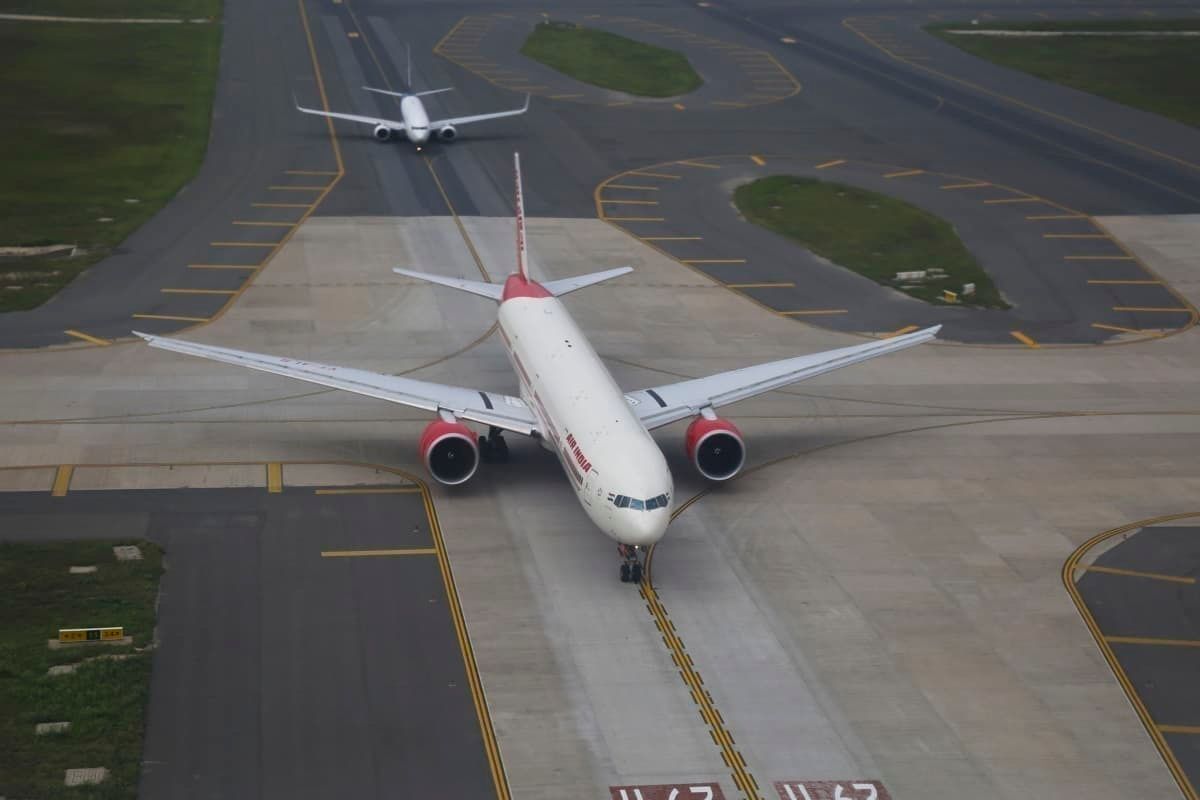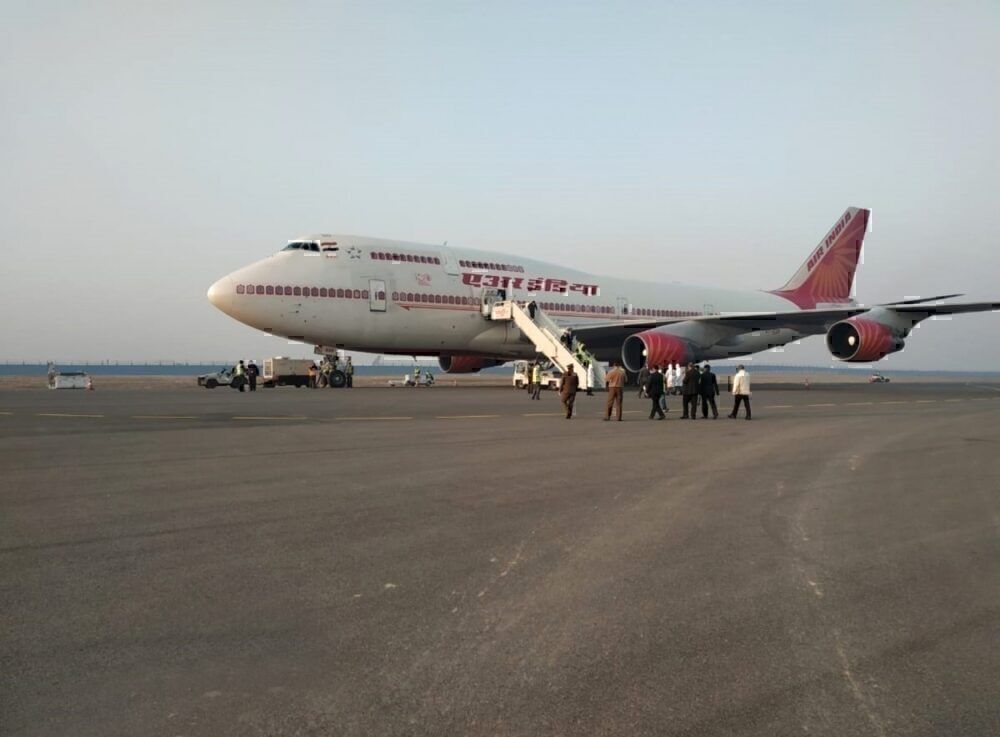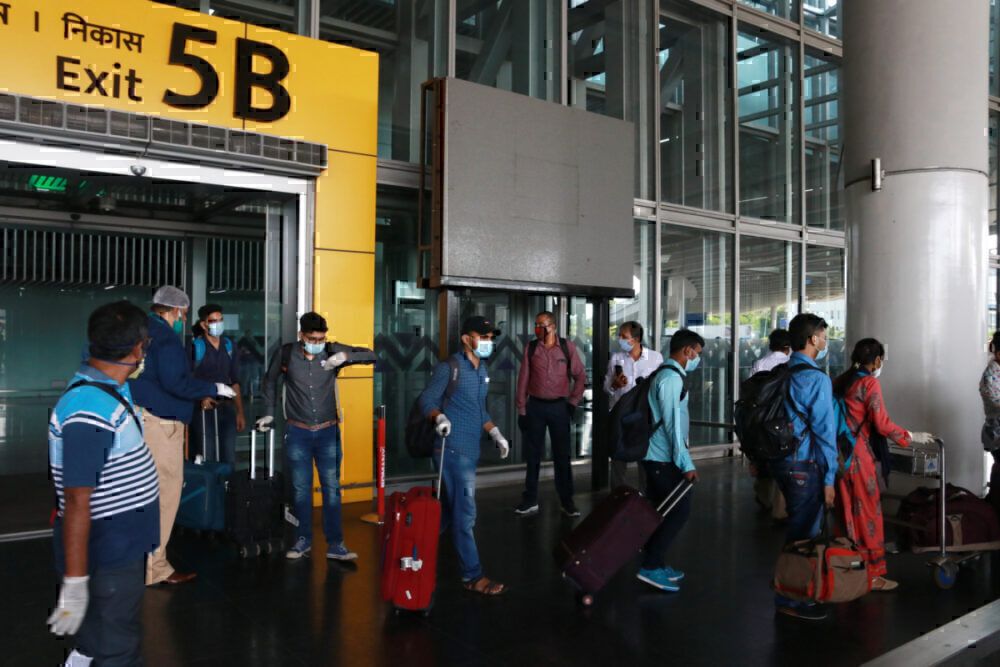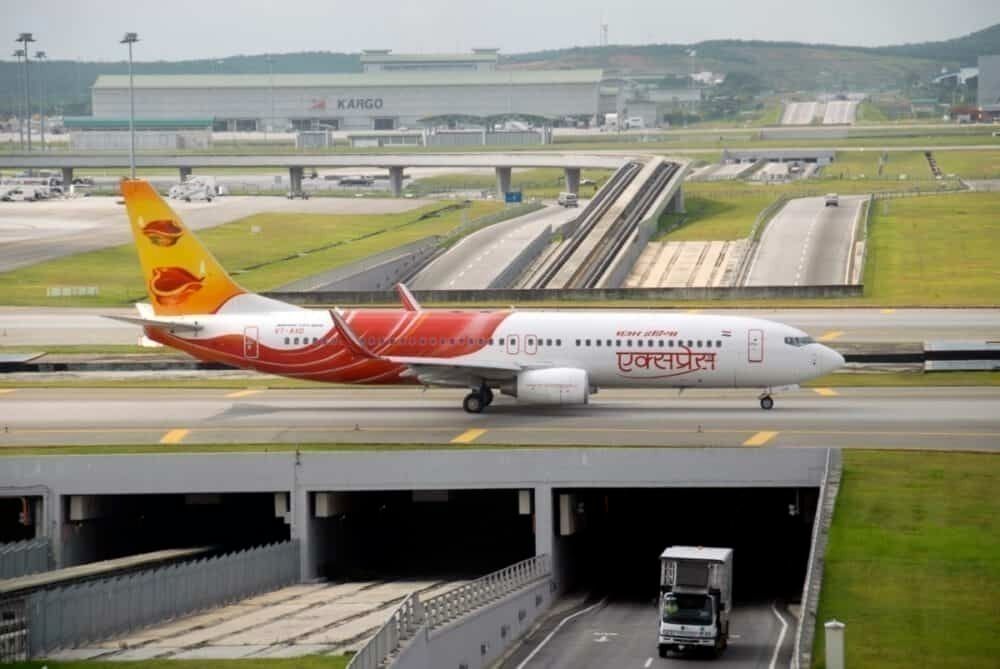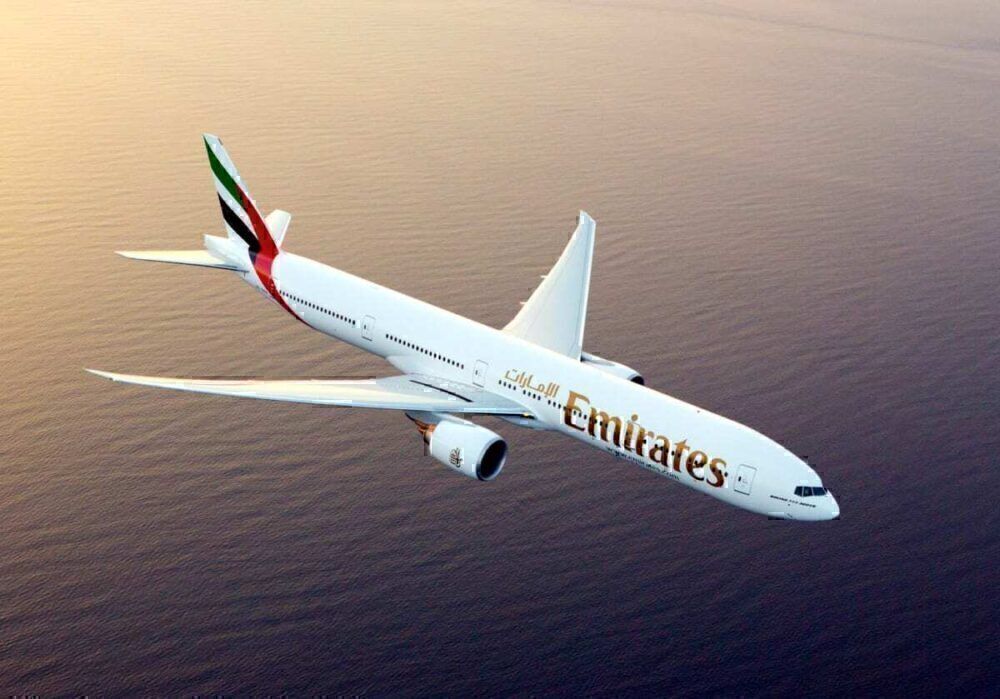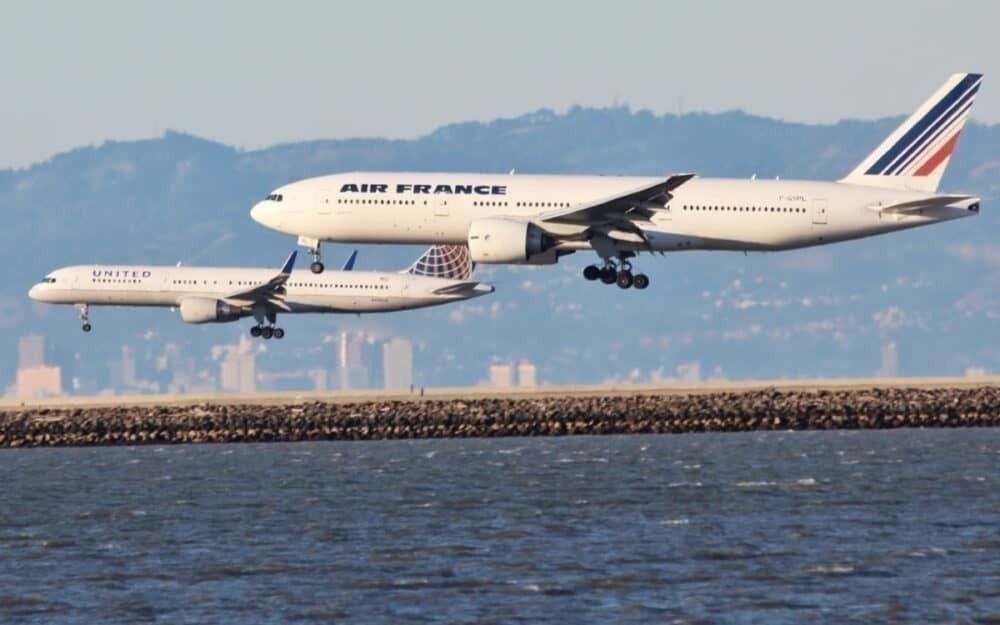As India's repatriation mission enters its fifth phase, it might be interesting to look back at what has become one of the largest repatriations ever. Nearly 300,000 people have now returned on Vande Bharat flights, while a 117,000 have left India. However, not everything has been smooth sailing in the last three months, with high demand and anti-competitive claims.
The perfect storm
When COVID-19 first took hold, India moved quickly to close its borders, banning foreign nationals from entering the country and instituting quarantines for returnees. When it became clear that the pandemic had gone global, with cases in India too, the country sealed off its border, canceling all flights.
The economic consequences of COVID-19 became quickly clear, with millions abroad losing their jobs and stranded in high-risk areas. However, this problem was compounded for India due to the sheer scale of India's diaspora. With hundreds of thousands of Indian students, workers, and families stuck abroad, India had to come up with a massive project to help its citizens.
Initially, India held off on mass repatriation, even as other countries were moving quickly to bring their nationals out of critical areas. However, the country did have a plan to bring home it's citizens, the plan was known as the Vande Bharat Mission and started on May 7th.
Small start, rapid expansion
Phase 1 of the Vande Bharat Mission (VBM) was a small one, aiming to bring home those with 'compelling reasons', such as students, the elderly, and those with expiring visas. In total, the mission operated 64 international flights, bringing home over 12,000 Indians.
However, 12,000 was just a fraction of the hundreds of thousands who had registered to return home. Seeing the desperate demand for these flights, India quickly expanded Phase 2 of the VBM. Phase 2 saw 355 international flights, a five-fold rise, bringing home over 59,000 citizens from 31 countries.
However, the demand for rescue flights was unprecedented, and it was becoming hard for Air India to keep up with demand. The government once again increased capacity during Phase 3, adding flights to key cities and bringing in private carriers.
Focus regions
Demand for repatriation flights was concentrated in the hubs with large Indian populations, such as the Middle East and North America. However, the government also had to arrange one-off flights to a number of other countries to bring back citizens. Air India flew flights to Armenia, Georgia, Seychelles, Nigeria, and more locations outside its route map.
The Middle East has been by far the largest destination for VBM flights. The region is home to millions of Indian foreign workers, of which over 300,000 registered to come home. The high demand meant the government had to reel in private airlines in a big way.
North America was also seeing high demand, with Air India flying an impressive schedule. However, since Air India is the country's only long-haul carrier, it was forced to operate all these flights on its own.
Phase 3 of Vande Bharat flew to a record 42 countries, the most of any phase during this mission (until now). Just over 89,000 returned to India during this mission on 455 flights, keeping the expansion going. Phase 4 and Phase 5 have been different for a number of other reasons, including criticism leveled at the government for VBM.
Anti-competitive behavior
In late June, the US Department of Transportation took aim at the Vande Bharat Mission. The DoT stated that while Air India flew 53% of its regular schedule, US carriers were banned from Indian airspace. Additionally, since Air India was bringing passengers into the US, it was no longer a standard repatriation mission. The US threatened to put Air India's flights under review, requiring permission to operate flights, as had happened with China.
At the same time, both France and the UAE also expressed dissatisfaction at the VBM, banning inbound passengers on these flights. India quickly pivoted to forming travel bubbles with popular countries, allowing for foreign carriers and VBM to continue.
Phase 4 of the VBM was the largest, operating 569 flights and 102,000 people returning home. The phase was also led by private carriers for the first time, as the government looked to increase daily flights. At the same time, India signed its first agreement with the UAE, allowing for easy travel between the high-demand countries.
Foreign carriers enter the fray
India finally gave up the Air India monopoly in July, allowing a number of foreign carriers to operate to India. Airlines from the UAE (Emirates, Etihad, Air Arabia), US (United), and France (Air France) were the first to receive permission. Since then, Germany (Lufthansa) and Kuwait have both inked deals for flights.
The sudden pressure and increase in competition and on previously monopoly routes have dented Air India's previous positions. The airline has scaled back its US schedule recently as demand might be slowing. Air India also reduced some of its extremely high ticket prices to remain competitive. However, Phase 5 of the VBM is still expected to be the largest, with 130,000 Indians returning home from 23 countries.
Over the last three months, Vande Bharat has moved from being a repatriation mission to becoming the only form of international travel. Even with the travel corridors emerging, some routes still have no options (notably, no East Asian carrier has resumed flights). Until India resumes international flights, which could be a while, VBM is here to stay.
What do you think about the Vande Bharat Mission? Have you taken a VBM flight? Let us know in the comments!

